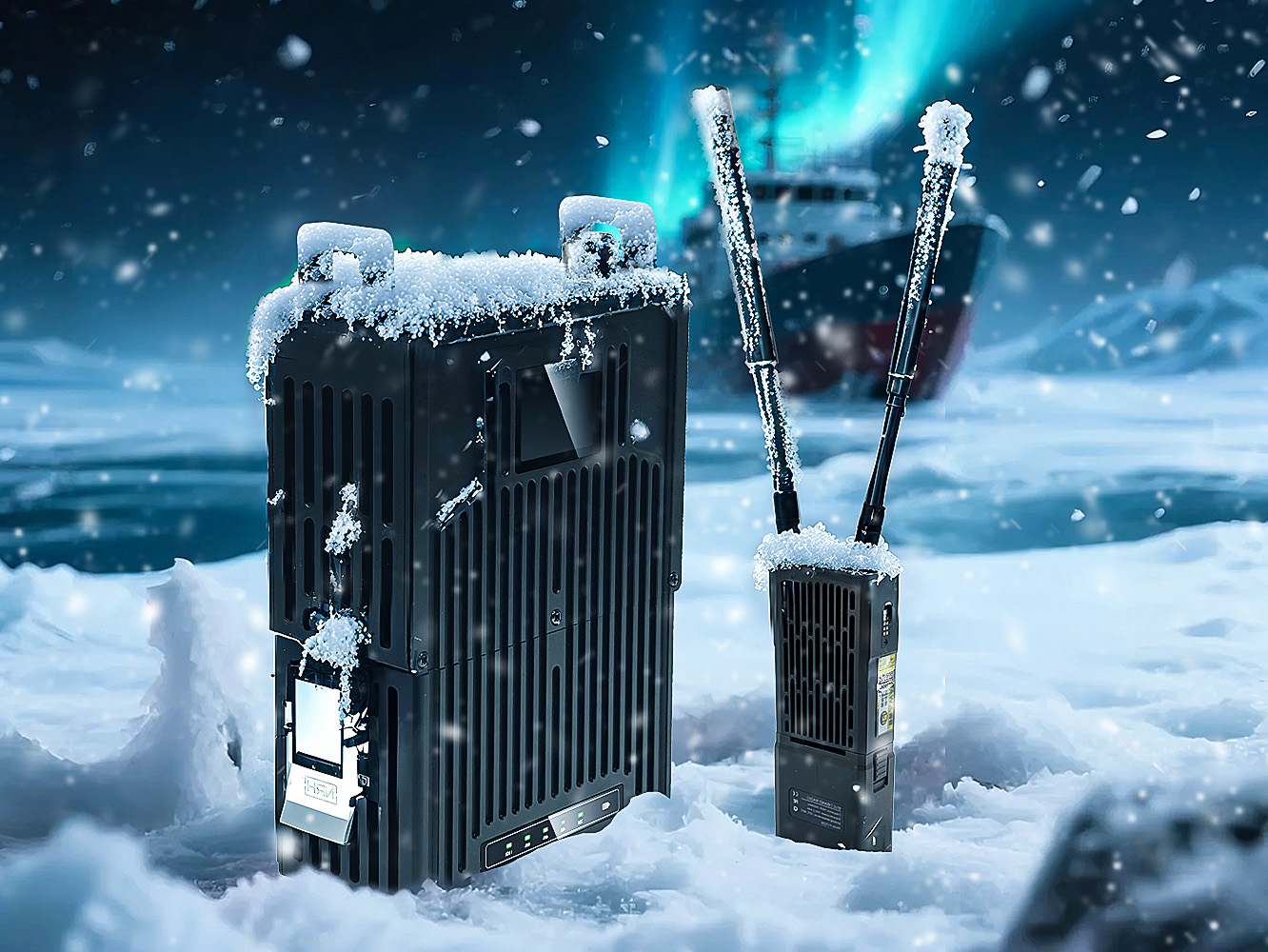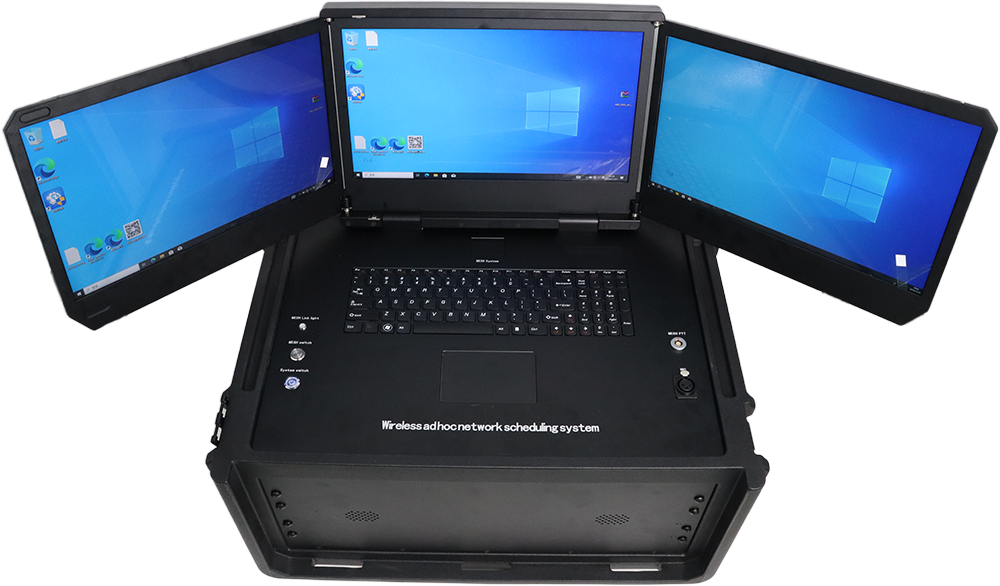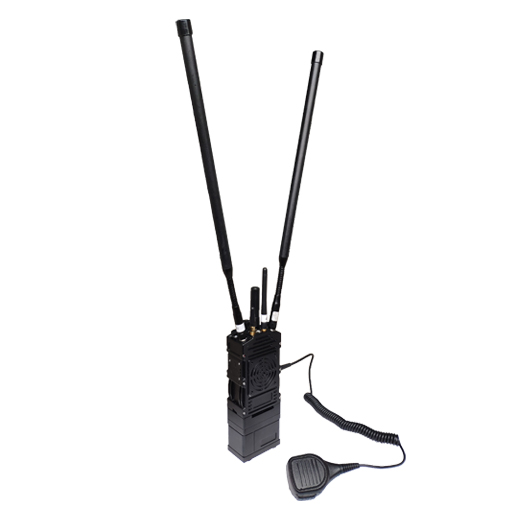Multi-Node MESH Networking: Principles and Real-World Applications
In a world increasingly dependent on real-time, distributed communication—across military operations, emergency response, smart cities, and industrial automation—multi-node MESH networking systems have become indispensable. These systems empower numerous devices to communicate autonomously, form self-healing mesh networks, and maintain high availability in dynamic and harsh environments. Understanding the principles behind multi-node MESH networking and learning from real-world deployment cases can help organizations design more resilient and scalable communication infrastructures.

What Is Multi-Node MESH Networking?
Multi-node MESH networking refers to a decentralized wireless communication system where each node (device) connects to multiple neighboring nodes, forming a web-like topology. Instead of relying on a central base station or controller, nodes operate cooperatively, sharing routing responsibilities and dynamically forwarding data to the correct destination through multiple possible paths.
This architecture enables self-organization, self-healing, and peer-to-peer communication, making it highly suitable for environments with mobile nodes, changing topologies, or disrupted infrastructure.
Core Principles of Multi-Node MESH Networking
Self-Organization
Nodes automatically discover other nearby nodes and establish communication links. The network topology is formed dynamically, without manual configuration.
Multi-Hop Data Transmission
When a node is out of range of the target node, it sends the data through intermediate nodes. This hop-by-hop transmission enables wide-area coverage with low power consumption.
Self-Healing Capabilities
If a node drops offline or a link is interrupted, the system reroutes traffic through alternate paths. This redundancy enhances network stability and fault tolerance.
Scalability and Decentralization
Adding or removing nodes has minimal impact on the overall performance. Each node contributes equally to routing and data transmission.
Dynamic Load Balancing
Smart routing protocols can distribute traffic loads evenly, avoiding congestion and ensuring efficient bandwidth usage.
Benefits of Multi-Node MESH Systems
Robust Connectivity in environments with limited infrastructure or frequent mobility
Flexible Deployment without the need for centralized planning
Reduced Installation Costs compared to wired or tower-based networks
Improved Redundancy and Failover Protection
Support for Real-Time Applications such as live video streaming, remote telemetry, or autonomous navigation
Real-World Application Cases
1. Border Patrol and Military Convoys
In border defense or mobile military operations, communication between patrol units, vehicles, and command centers must remain uninterrupted. A multi-node MESH system allows moving units to form a dynamic, encrypted communication network without relying on cellular infrastructure. For example, each soldier’s terminal acts as a node, relaying tactical data and video feeds across the network in real time—even in GPS-denied or jammed environments.
2. Mining and Tunnel Monitoring
Traditional communication systems often fail in underground mines due to signal attenuation. By deploying a series of wireless MESH nodes along tunnels and shafts, mining companies can achieve uninterrupted data transmission from gas detectors, environmental sensors, and mobile machinery. This enhances worker safety and enables real-time operation monitoring.
3. Urban Emergency Response
After earthquakes or large-scale blackouts, conventional communication networks may be down. First responders can deploy portable MESH nodes across the affected area to quickly restore communication. Firefighters, paramedics, and police can exchange video, GPS, and voice data on a secure ad-hoc network, even without a functioning cellular system.
4. Smart Factory Automation
In industrial facilities, autonomous guided vehicles (AGVs), robotic arms, and sensors need reliable, low-latency communication to coordinate production lines. MESH networks enable seamless data exchange between devices across factory floors, supporting real-time decision-making and adaptive production.
5. Swarm Drone Coordination
Multiple UAVs flying in formation or performing coordinated tasks require constant communication. By using multi-node MESH networking, drones can maintain inter-node links, exchange positioning data, and adapt to node failures mid-flight, enabling synchronized missions for surveying, delivery, or inspection.
Deployment Best Practices
Use of Dual-Frequency Antennas: Enhance transmission stability in environments with interference.
Ruggedized Hardware: For outdoor or industrial settings, equipment must support extreme temperatures, dust, and shock.
Encryption and Access Control: Secure data using AES encryption and dynamic authentication mechanisms.
Network Monitoring Tools: Deploy software that visualizes topology, signal strength, and node performance in real time.
Power Management: Optimize for solar or battery-powered nodes in off-grid or remote environments.
Empowering Connectivity with Multi-Node Network MESH
As more organizations move toward distributed systems, multi-node MESH networking offers the flexibility, reliability, and resilience needed for mission-critical applications. Its ability to self-form, adapt, and recover makes it an ideal solution for mobile teams, disconnected regions, and intelligent infrastructure.
Whether it’s coordinating ground units in the field or enabling autonomous operations in a factory, MESH networks are reshaping how we think about wireless communication—moving from centralized control to adaptive, decentralized intelligence.
About TuQian Wireless
TuQian Wireless is a leading provider of advanced wireless communication solutions tailored for challenging environments. Specializing in MESH networking, video transmission, and mobile power systems, TuQian designs equipment for field deployment, military use, smart cities, and industrial applications.
Their key products include:
Single-soldier MESH communication systems
Vehicle-mounted HD transmission relays
2.4G fiberglass omnidirectional antennas
100AH solar-powered communication units
TuQian Wireless stands out for its commitment to innovation, rugged performance, and seamless integration. With a proven track record across public safety, energy, defense, and emergency response, TuQian empowers clients to build robust, flexible, and secure communication systems—anytime, anywhere.
-
 2025-10-24
2025-10-24 -

What is an Emergency Communication System and How Does It Work?
2025-09-16 -

What Is Point to Point and Point to Multipoint Wireless Network?
2025-09-05 -

What Are the Two Types of Microwave Transmission?
2025-08-29 -

What Is the Difference Between Radio and Microwave Video Transmission?
2025-07-30 -

Unmanned Aerial Vehicle Transmission Equipment Communication Solution
2025-07-24








